Gary Choromanski
Design-led thinking is a thought process used to genuinely understand a problem, challenge assumptions and solve complex issues in a way that puts the user first.
Gary Choromanski was a principal project manager at Aurecon when he first learned about design-led thinking, and it was a bit of a lightbulb moment.
“I could identify opportunities in previous projects throughout my career whereby had we had adopted a design-led thinking approach, it could have unlocked greater value for clients and communities.
“For example, engineers love designing and building things, but what if the answer is not to build something? Have we really stood back and taken a bold approach at the project feasibility stage to truly understand the requirements? Is there an opportunity to repurpose existing infrastructure instead of building new?
“Could we co-design a solution with another project for better value, or perhaps use the project to achieve a wider range of outcomes for the community? Have we asked the right questions and really listened to the public before charging on with the project? There are lots of different ways to achieve desired outcomes.
“So I’ve had to retrain my brain a little bit because as an engineer I’m trained to come up with solutions – if there’s a problem you go straight into how you’re going to solve it. You get a kick out of coming up with a solution and you want to go down that path, but you actually need to have some restraint and make sure you’ve thought it through.”
One strategy is to take an aspirational approach – if you took away the constraints such as time and budget, how would you tackle the project?
“A lot of the time we work within constraints, some of which are self-imposed – ‘we couldn’t possibly do that!’ – however, if we challenge the status quo and ask the aspirational questions, we may just uncover a bold idea that has some merit in it, or it could spark an idea which pivots the project in a new direction.”
Choromanski was able to put his learning into practise during a project at Aurecon to solve a reoccurring problem with underground services.
“Designers, contractors, utility operators and clients were all frustrated that projects were going over time and budget because of issues relating to underground service utilities. Most importantly, there were safety risks on-site caused by the lack of information available to accurately locate underground services. Everyone knew there was a problem, but no one could really define it.
“We had to do something, so I decided to get industry representatives together for a workshop to understand the issue from everyone’s perspectives. The focus was not to move quickly into solution mode, but to interrogate the root cause and contributing factors.
“It was really interesting to see that we all had similar frustrations, and were able to quickly identify some common themes. Having the open conversations unpacked some valuable insights, and it was great to hear people making observations such as ‘oh I didn’t realise that was a significant issue for you’. We then went aspirational to identify some potential options to move forward with.
“It was a really successful workshop, and people walked away with a better understanding of the issue, new connections and an action plan to improve the way we manage underground utilities.”
Design-led thinking is a process that organisations should be using now more than ever, Choromanski says.
“The challenges we are facing are more complex than ever, so we need to adopt new ways of working together across the industry. For example, in the transport sector we need to continue designing solutions which promote sustainable modes of transport, while reducing carbon emissions and delivering wider environmental, cultural and social benefits beyond the project itself. There’s no best practise guidance for the solutions required in the future.”
And it’s not just a process for business leaders sitting at the top table, Choromanski says.
“Don’t think design-led thinking is something that’s so daunting, don’t think you can’t do it – it’s for everybody. There are excellent templates and tools to assist, but ultimately it’s just a slightly different way of thinking.
“A key part of coming up with a valuable solution is to ensure there is diversity of thought – if you’re going to have five engineers working through a design-led process then your solution might be limited as you’re drawing on information from individuals with similar knowledge and experiences. At MBIE my team includes professionals from a wide range of disciplines – legal, health, banking, procurement, education, construction and property – so we try to get different perspectives to identify some really unique solutions that provide value to New Zealand.”
